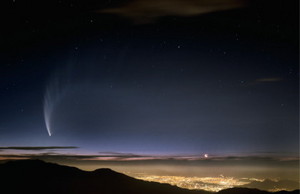
|
| ©Stéphane Guisard, www.astrosurf.com/sguisard |
Breakthrough ideas have a way of seeming obvious in retrospect, and about a decade ago, a Columbia University geophysicist named Dallas Abbott had a breakthrough idea. She had been pondering the craters left by comets and asteroids that smashed into Earth. Geologists had counted them and concluded that space strikes are rare events and had occurred mainly during the era of primordial mists. But, Abbott realized, this deduction was based on the number of craters found on land - and because 70 percent of Earth's surface is water, wouldn't most space objects hit the sea? So she began searching for underwater craters caused by impacts rather than by other forces, such as volcanoes. What she has found is spine-chilling: evidence that several enormous asteroids or comets have slammed into our planet quite recently, in geologic terms. If Abbott is right, then you may be here today, reading this magazine, only because by sheer chance those objects struck the ocean rather than land.
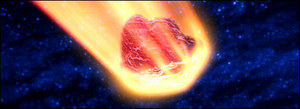
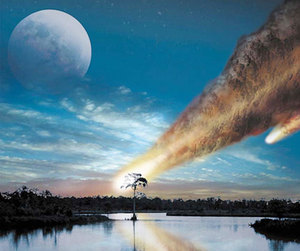
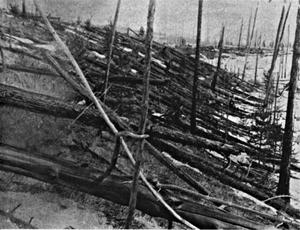
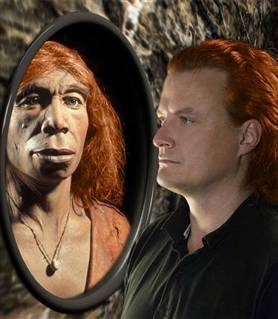

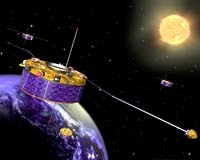
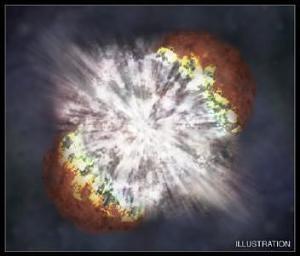



Comment: For more articles on this subject see: Red hair a part of of Neanderthal genetic profile, Red hair a legacy of Neanderthal man, Neanderthals 'were flame-haired', Ancient DNA Reveals That Some Neanderthals Were Redheads, and Some Neanderthals were redheads - Bones yield genetic data that adds red hair, light skin and maybe freckles.